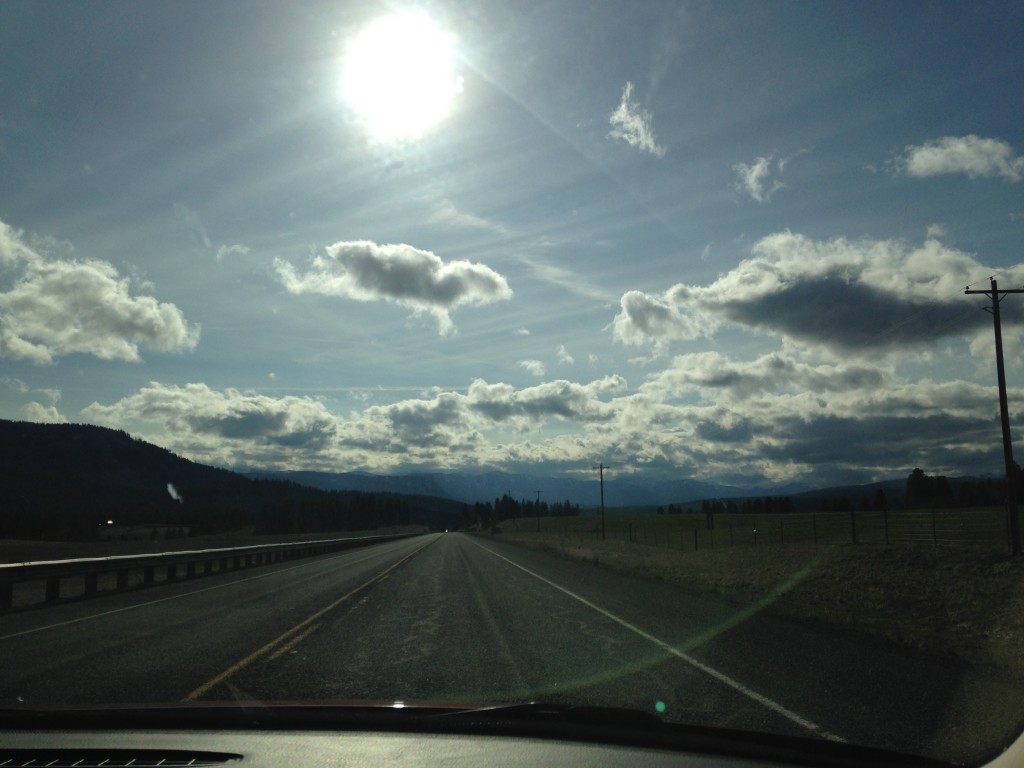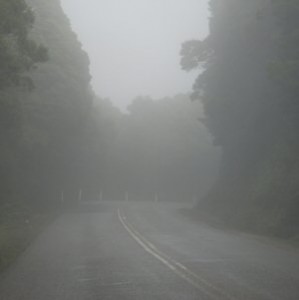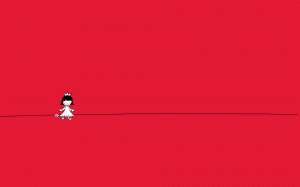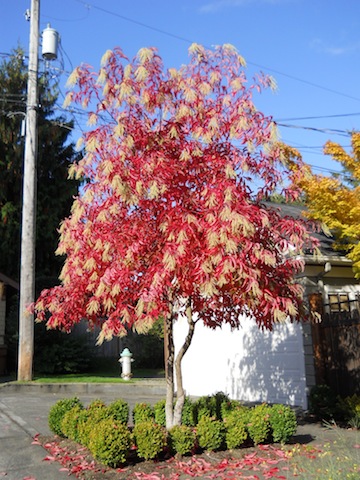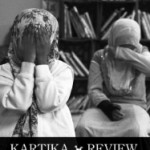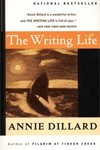First “Can’t Hurry Love,” now this? Must be something about The Supremes that keeps me coming back. But this is the song that my blog’s been singing to me, sometimes pleading, sometimes mournfully, over the last year or so—it’s a song that online writers and bloggers know well. The frequency, the immediacy, of online writing is a difficult siren song to ignore.
It’s been almost four years since I started Kikugirl, and a lot’s happened to me since then: most of it surprising and unexpected and wonderful. I am still so grateful to this blog. It’s been my Batsignal, a homing beacon—to my surprise and delight, it’s brought me into contact with women I never met but who knew my dad very well. It’s been my playground, where I’ve been able to run around and climb different structures and spin around until I’m dizzy. It’s been my laboratory, where I’ve been able to experiment. It’s been my yoga mat, which keeps reminding me that process and practice are just about everything in the writing life: the labor and the reward, the despair and the joy. It’s been my megaphone, and brought me into conversation with other writers and other platforms like Discover Nikkei and Avidly. It’s been my place to store pieces of my book project, to muse about this new writing life. And it’s been my life in the fourth degree, the MFA degree in English that I’d never had the guts to pursue until now, but perhaps the degree that I wanted the most after all.
I’m still here, I’m still writing, but most of my writing is now published elsewhere. How amazing is that?
This summer I’m going to turn this site into an author website, with the blog still attached. I’ll update the blog still, especially as I turn back towards the book project this fall. I’ll be, as my dear friend Renee said, an author with a blog as part of my online presence. Typing that sentence, just now, makes me think that though I haven’t finished my book project—the “own private MFA” thesis?—I’ve written my way into being a writer, which is just about the only way it’s done. It doesn’t feel or sound strange to say that I’m a writer anymore, and I don’t feel the need to introduce myself with a preface of what I was.
Hooray for commencement, then: it’s graduation day. I’ll be back. Thank you again and as always for reading.
Recent news:
- Update, August 18: My essay about race, parenting, and Ferguson, MO is available at the Seattle-area publication ParentMap.
- I’ll be going to the Tule Lake Pilgrimage for the first time this summer, the place where my dad and his family were incarcerated during World War II. This will almost certainly be folded into my book manuscript.
- Discover Nikkei, web project of the Japanese American National Museum, commissioned me to write a monthly series of essays for their site, for one year. You can read the first two essays about Girls’ Day and ohanami. I’ll update the “Other Places to Find My Writing” page on this site with future links.
- Thanks to the same good folks at Discover Nikkei, I’ll be returning to the classroom, this time to teach writing at a couple of free community workshops. Please join me! I’ll be in Seattle at the Wing Luke museum in September and in Vancouver BC in July of this year. I’ll also be serving as part of their editorial committee in their “Nikkei Names” project.
- My essay about music and the birth of my second daughter is published in the essay magazine Full Grown People.


